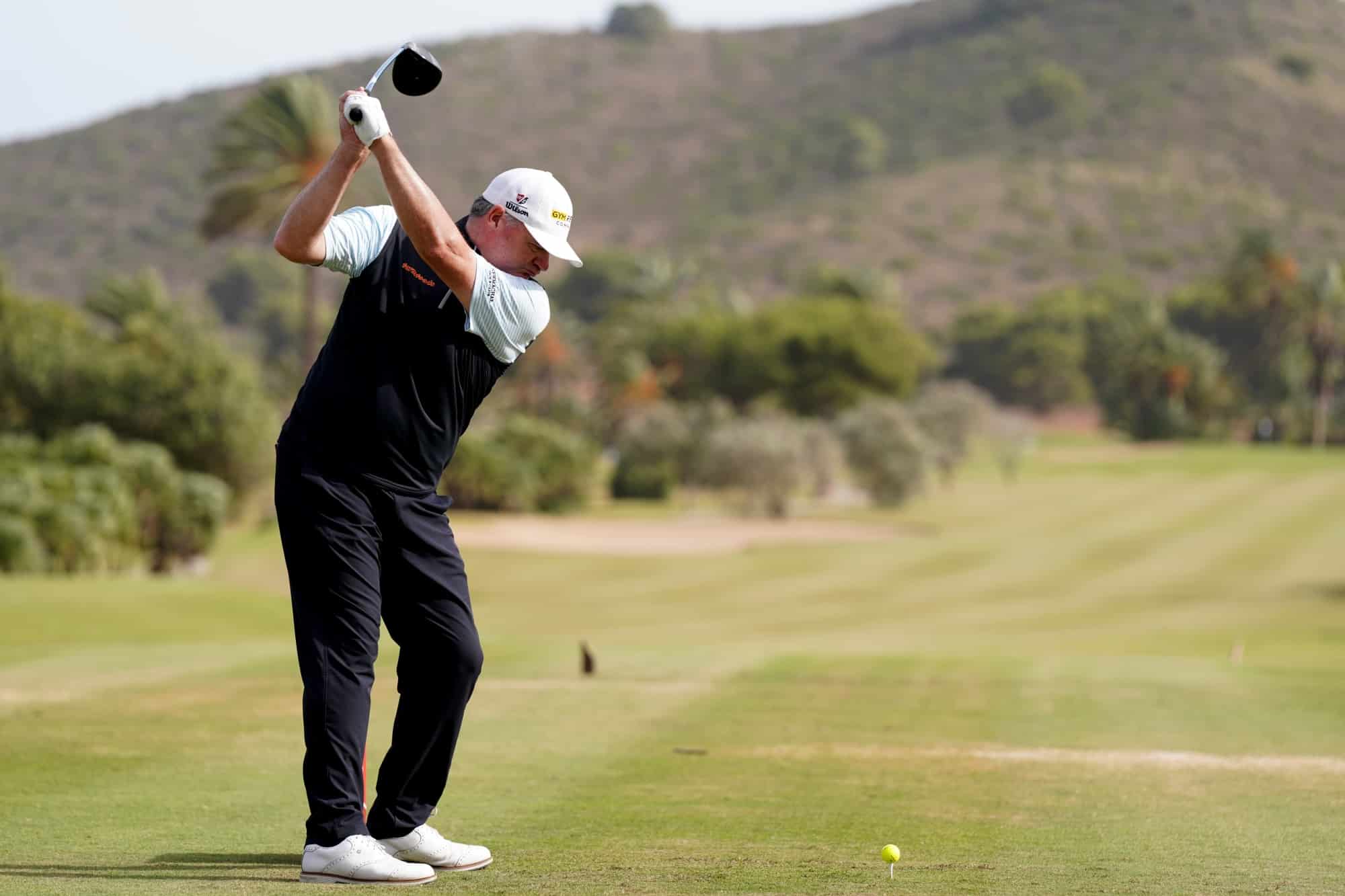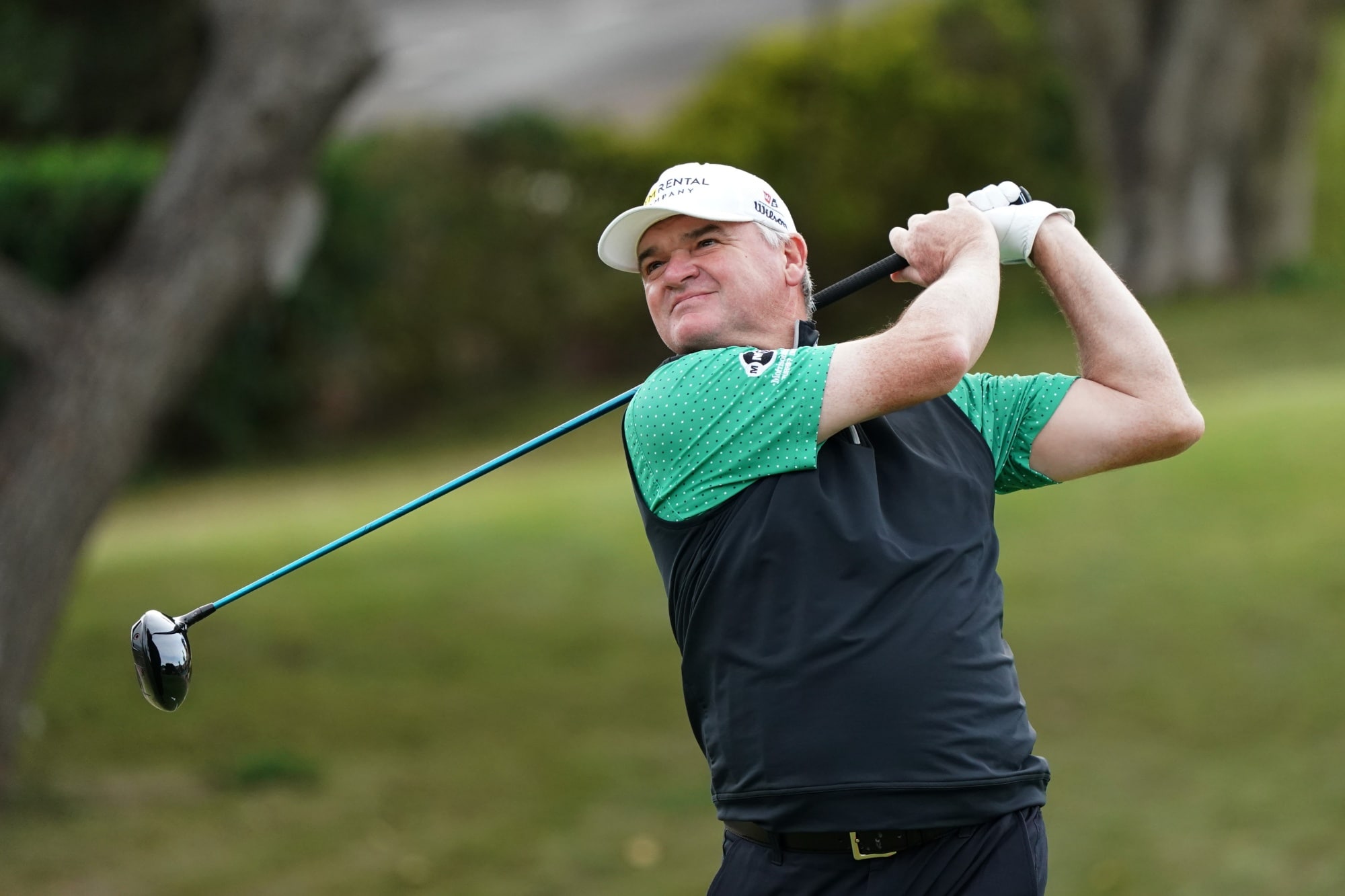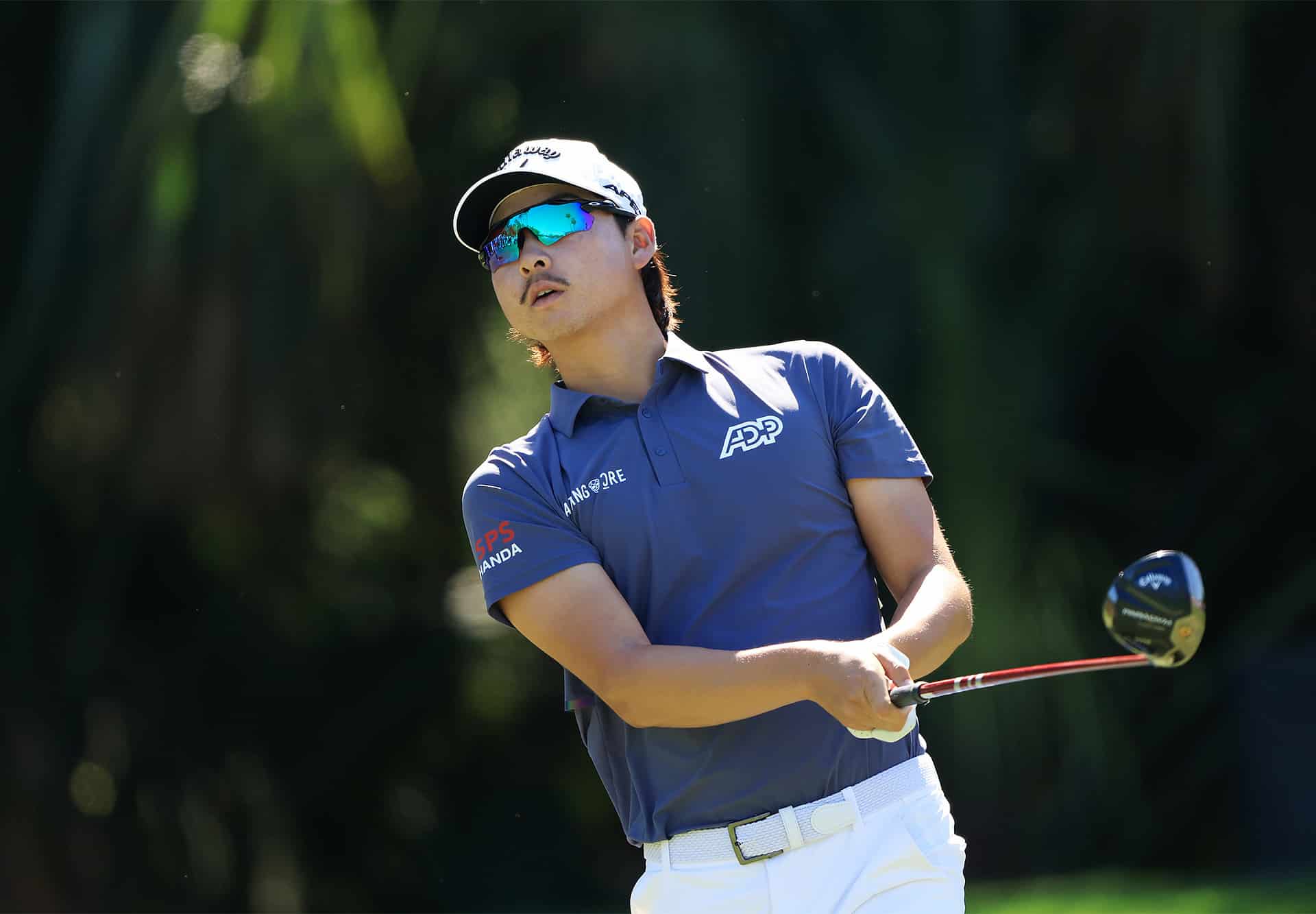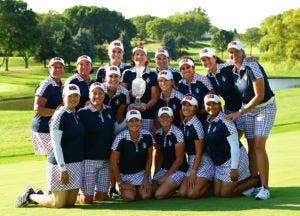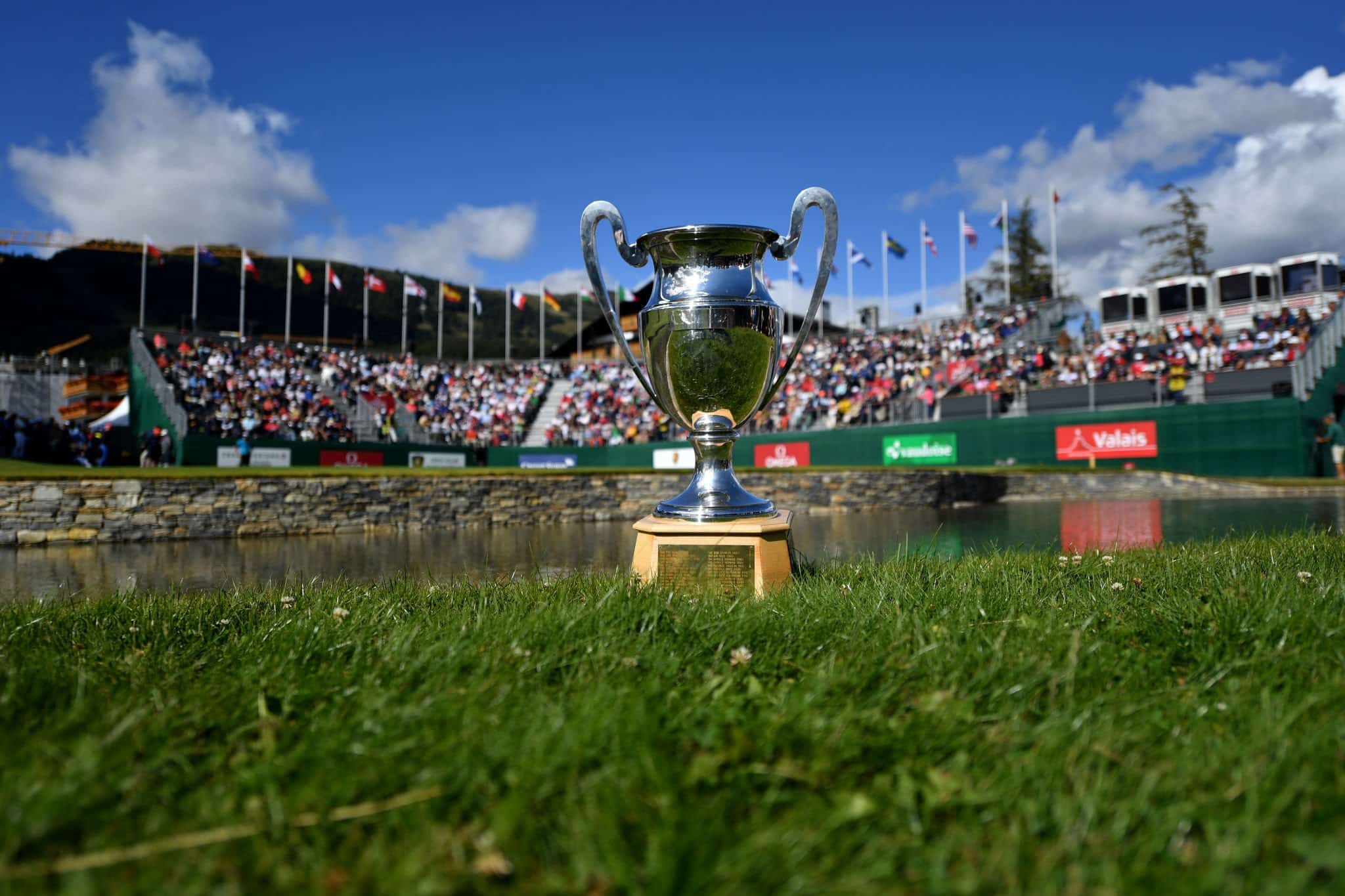
Gender Pay Parity in Golf: Where Are We in 2021?
Many articles have appeared on Lady Golfer discussing the gender pay gap in golf down the years. It is a topic that is not limited to golf alone, of course. Indeed, there are worse offenders than golf – baseball and basketball see the biggest gaps according to most studies – but the differences in pay are still staggering between the men’s and women’s game.
The BBC started doing a bi-annual report on gender pay gaps across sports in 2017, and this has been held up by Lady Golfer and other media organizations as the gold standard in reporting on the issue. And, in the latest 2021 report, golf seems to have made little progress.
If we look at, for example, the 2021 US Open. Yuka Saso pocketed $1 million a couple of weeks ago when triumphing at The Olympic Club. It was the same size in 2019, and an increase of $100,000 on 2017’s winner’s share. The men’s US Open (ongoing at the time of writing) has a $2.25 million prize for the winner, unchanged since 2019.
All golfers outside of the elite can struggle
We know, then, that prize money has remained broadly static for the last few years in golf. But it can also be misleading to look at the winners’ shares. Indeed, you might argue that is something that deflects from the overall problem. It’s not the top earners that should be compared: it’s those struggling towards the bottom.
To be fair, it can be tough at the lower end of the men’s professional game too. Adam Sagar, who writes a golf blog for MansionBet, regularly fills in readers on the struggles of being a golfer away from the world’s elite. Alongside the betting tips he gives for tournaments, he speaks frankly of long car drives, qualifying schools and pursuing humble goals like acquiring full status on the Challenge Tour.
But if a pro like Sagar struggles financially (at least compared to the elite), you can be sure that is much more difficult for women at a similar level. Indeed, it has been pointed out on this site that women often have to hold down part-time jobs in order to survive as a pro.
Earnings in stark contrast
Saso’s win put her at the top of the LPGA Money List. It was her only recorded event, meaning that every player below her has earned less than $1 million. Lydia Ko, for example, has earned $914,000 across 10 tournaments. Ko would be placed 107th on the men’s earnings list.
But, once again, the comparison is starker at the bottom. If we look at, for example, the female players outside the top 100 in earnings. Mo Martin is 149th, earning $5,980 (five tournaments played). 149th on the men’s PGA money is Rafael Campos, who earned $514,253. That’s almost 100 times more than a woman in the same position. That’s where the real pay gap lies, not at the elite prize level.
Sponsorship could help US Open offer equal prize money
If you listen to the rhetoric coming from golf’s authorities, most are broadly supportive of easing the pay gap. And yet, there aren’t many solutions offered. They talk of journeys and evolution, not of instant remedies. One – rather intriguing – argument that was put forward was the use of sponsors in events like the Women’s US Open.
Bringing in a named sponsor, which the USGA has staunchly resisted down the years (there are no named sponsors for any of the four men’s Majors) has been mooted as a way to reach par parity in the US Open. The women’s event is calculated to lose around $9 million each year, and a principal sponsor could mitigate that loss and raise the prize money.
Doing so would be a good thing for women’s golf, and decent PR for golf’s authorities. However, it will do little to redress the balance on the daily life of the tours. Those women who are struggling to keep their heads above water financially might get a nice bonus should they qualify for the US Open. But it’s worth reiterating that the true pay gap exists at the bottom, not the top.



